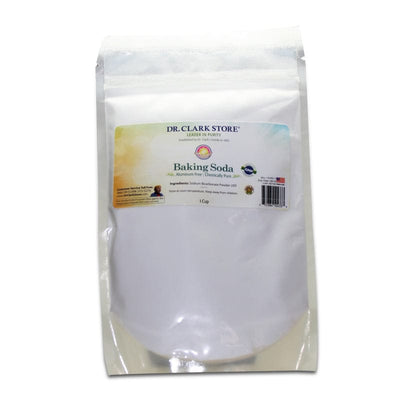Don’t Take These Minerals Together! A List of Minerals Competing for Absorption Sites

Understanding mineral absorption in the gastrointestinal (GI) tract is crucial for anyone taking mineral supplements or recommending them. Unfortunately, many multi-vtimain and mineral supplements contain multiple minerals, and therefore cannot be properly absorbed.
The reason is that certain minerals compete for the same absorption sites, altering their bioavailability. Here, we provide a list of 10 mineral combinations that should not be taken together due to competitive absorption dynamics.
- Magnesium and Zinc
Magnesium and zinc share common absorption pathways in the small intestine. High doses of magnesium inhibit the absorption of zinc, leading to potential deficiencies if taken together over an extended period.
- Iron and Manganese
Iron and manganese both rely on the divalent metal transporter 1 (DMT1) for absorption. Excessive iron intake can reduce manganese absorption and vice versa, as they compete for the same transporter sites.
- Copper and Zinc
Copper and zinc compete for absorption through the same metallothionein proteins in the intestinal mucosa. High levels of zinc can induce metallothionein synthesis, which preferentially binds copper, thus reducing its absorption.
- Calcium and Iron
Calcium and iron compete for absorption in the duodenum. High calcium intake can inhibit non-heme iron absorption, which is particularly significant for individuals with iron deficiencies.
- Chromium and Zinc
Chromium and zinc compete for the same binding sites in the intestines. High doses of one mineral can lead to decreased absorption of the other, impacting their respective bioavailability.
- Selenium and Silver
Selenium and silver share similar absorption mechanisms. Although silver is not a dietary mineral, its presence in supplements or exposure through environmental sources can interfere with selenium absorption. Selenium is best taken with zinc, to aid absorption.
- Boron and Calcium
Boron can affect calcium metabolism and absorption. While not directly competing at the absorption site, high boron levels can influence calcium regulation in the body, potentially impacting its bioavailability. Boron has proven useful for improving bone health, and therefore should be taken alone, and not with calcium. Boron’s low molecular weight allows it to displace fluoride as well, another benefit to this essential mineral.
- Lithium and Magnesium
Lithium and magnesium may compete for transport mechanisms in the gut. High magnesium intake can reduce the absorption of lithium, and iodine, which is essential to consider in patients undergoing lithium therapy.
- Molybdenum and Copper
Molybdenum can interfere with copper absorption by forming insoluble complexes in the gut. High molybdenum levels can lead to copper deficiency, as it affects the bioavailability of copper. Those taking molybdenum for detoxification should also take copper.
- Iron and Zinc
Iron and zinc compete for similar transport proteins in the intestines. High doses of iron can inhibit zinc absorption, which is particularly concerning for individuals with zinc deficiencies or elevated iron supplementation requirements.
Conclusion
When advising patients or formulating nutritional plans, it is essential to consider these competitive interactions between minerals. Make sure to ask your physician or nutritionist about how best to separate intake of these minerals to optimize their absorption and prevent potential deficiencies.




Leave a comment